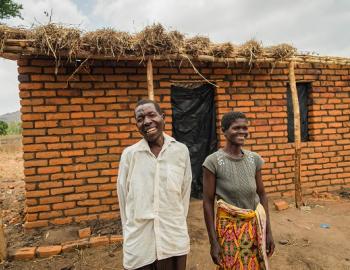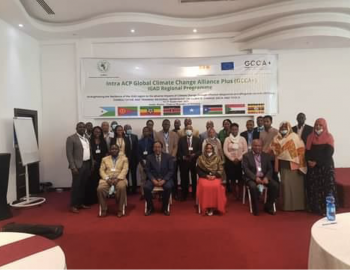Outlook: Kenya Special Edition
Outlook: Kenya Special Edition
This Outlook explores how CDKN has supported climate compatible development in Kenya. It also features news of the new CDKN office in Kenya.
Kenya has experienced droughts, floods and other extreme climate events with increased frequency in recent years. This is reflected in the scientific literature, and noticed by Kenya’s people, who have become increasingly alarmed by the impacts of climate change on their livelihoods.
Kenya’s second Medium Term Plan 2013-2017 expressly recognises the importance of adopting a low-carbon growth pathway, while climate change is a permanent standing item for the National Economic and Social Council.
The National Climate Change Action Plan identified six ‘big wins’ that combine development and adaptation, and together account for two thirds of Kenya’s identified mitigation potential:
- geothermal power generation
- distributed clean energy solutions
- improved water resource management
- restoration of forests on degraded lands
- climate-smart agriculture and agroforestry
- infrastructure.
While there has been significant progress in all these areas, geothermal power generation and climate-smart agriculture have expanded in particular.
County governments have prepared their County Integrated Development Plans (CIDPs), key five-year county-level planning documents, with climate change captured as a cross-cutting issue. Despite this, however, articulation of climate change issues in county plans remains poor. The next Medium Term Plan (MTPIII, 2018-2022) is currently in preparation, and it is hoped that climate change will be further integrated into national planning processes.
Also in this edition:
- Guide to state-of-the-art climate science
- Mobilising finance for climate action
- Working with Kenya’s private sector
Download the Outlook here.



